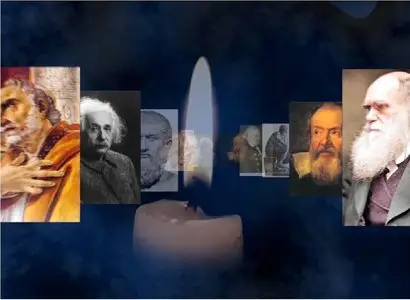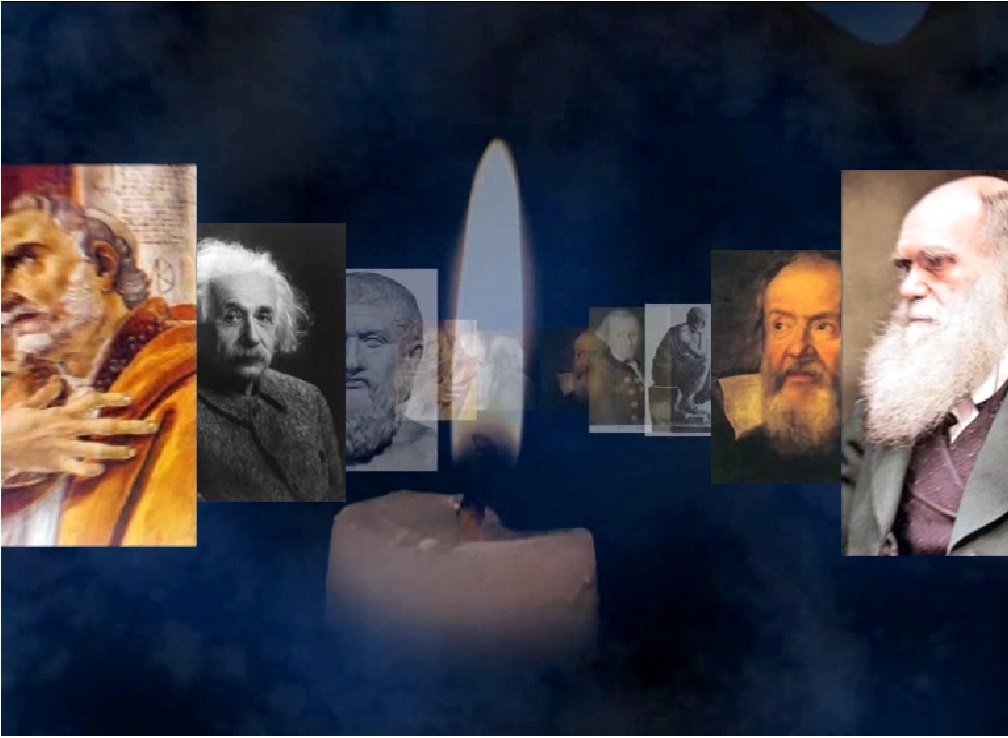Anatomy of a Painting: Magritte's Meditation by Nicola Colecchia
English | March 8, 2015 | ASIN: B00UFPXE6M | 80 Pages | AZW3/PDF (conv) | 5.12 MB
English | March 8, 2015 | ASIN: B00UFPXE6M | 80 Pages | AZW3/PDF (conv) | 5.12 MB
Many museums, art exhibitions and galleries are looking for new languages to show the visitors their masterpieces. This essay is a technical answer to this need.
The language proposed here is the sub-symbolic language of the neural networks, which is based on the bottom-up method.
The advantages of such approach are as follows:
a) The meaning of a work emerges progressively from its physical, perceptive and functional aspects according to the self-generating principle of the dynamic systems;
b) The space language of the work of art is transformed into a sequential story. Therefore in the traditional visual arts the time dynamics breaks in;
c) The “conversion” of one language into the other takes place through exact neuroscientific criteria, different from the free interpretations of the creative;
d) The whole narration is configured according to a cluster analysis, reported in the last pages of this essay.
AUTHOR OF THE ESSAY:
Nicola Colecchia, past researcher of General Psychology at the University of Bologna, now directs Synapticart, Laboratory of Art and Science (www.synapticart.org), where specific research on creative and comprehension processes of art works (paintings, design, installations, architecture) is carried out.
Through an interdisciplinary approach based on the self-generating principle of neural networks, he has elaborated works by great artists of ages and places deliberately different from each other, in order to spot possibly common expressive mechanisms in their languages, considered as part of a sub-symbolic language, which operate underneath the stylistic and historic-cultural configurations of their works.
Research has pointed out that the artists analyzed ( among whom Leonardo, Tiziano, Mirò, Magritte, Beuys, Weston, Pesce, Piano, Cattelan, Hirst and others) have intuitively created some sub-symbolic mechanisms to enhance the attractive power of their masterpieces. In fact the sub-symbolic language is “automatically” produced and understood both by the artist and by the observer’s of the work because it is based on an in-born code , which involves everybody’s mind and body, unbeknown to them.



